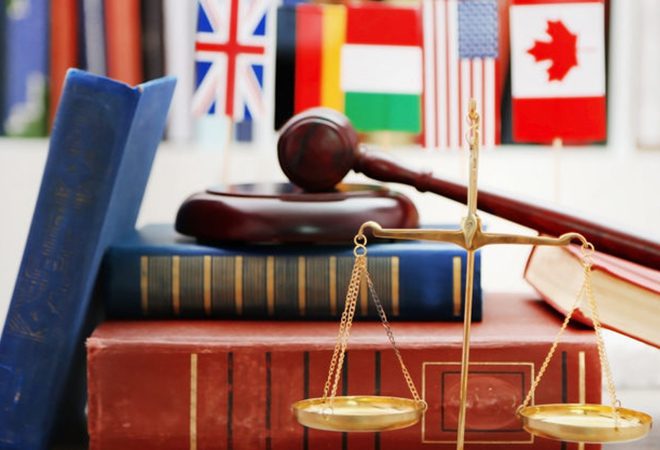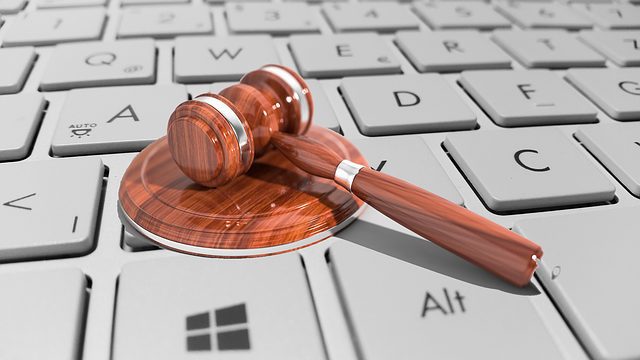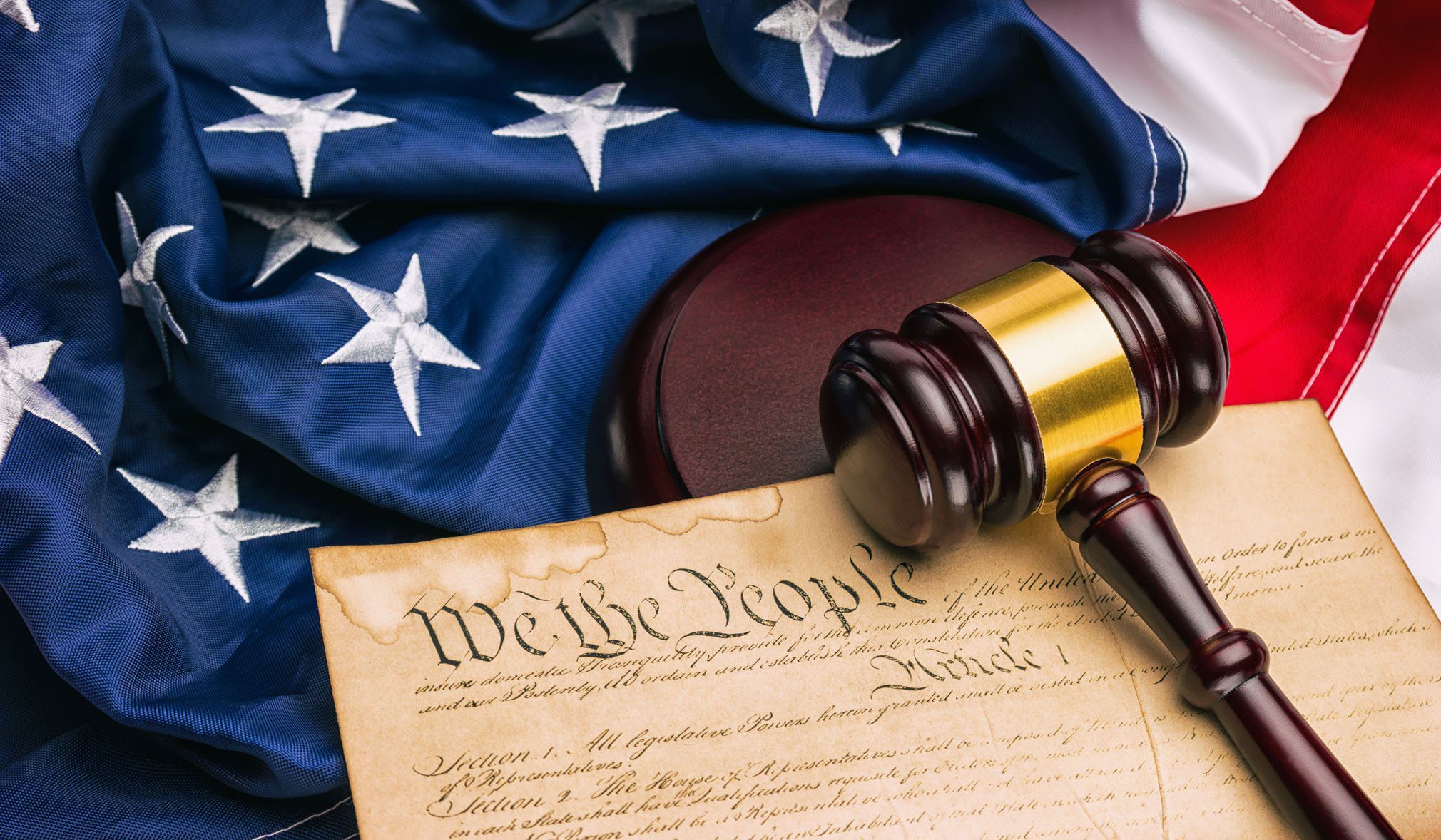A trademark is an identification mark, sign or symbol that uniquely identifies a specific product or service of a certain source from those of other individuals, and that ideally should be distinguishable by other people. Trademarks may be in the form of symbols, names, sounds, colours, or even images. Trademarks help individuals and businesses distinguish their own products and services from those of other individuals and companies.
A person must make the difficult decision to secure a unique trademark that will help protect their intellectual property from competition and litigation. There are many factors to consider when deciding whether or not to register a trademark. Among the most important considerations is the potential competitive harm that would result if another party’s product, service or idea were to incorporate your mark. The United States Patent and Trademark Office (“USPTO”) advises that a potential trademark registration should be filed only after careful analysis and consideration of all the relevant factors that may affect the strength of your protection.
Failure to register a trademark can result in severe competitive harm; however, sometimes an individual may desire to register a mark for the sake of economic protection from competitors, and without necessarily intending to impede the growth of legitimate competition.
When considering whether or not to register a trademark: an intellectual property attorney in the appropriate field of law should discuss the importance of protecting your rights in the United States. A USPTO report on world trade indicates that intellectual property rights are the most abused among the global resources. Additionally, trademark registration may be required in order to prevent others from confusing your mark and the products or services that you provide. A qualified intellectual property attorney should discuss the benefits and burdens of procuring a trademark for the purposes of protecting your valuable intellectual property rights.
The United States patent definition provides that a “goods product” does not include some items that individuals commonly acquire, such as books, magazines, paintings, records, machine implements, architectural plans, inventions, and some manner of information that one can acquire in the course of professional practice. However, a good faith argument may be advanced that some items such as clothing, socks, beverages, foods, and music are goods that are necessary for the operation of society and are indispensable to the well-being of human beings. If a trademark is properly drafted and includes such necessary characteristics, then the claim is considered to be a good faith effort.
On the other hand; if the product to be protected is a non-pecuniary item, the intellectual property right is considered to be an intangible personal property right, and is not protected by the patent law. In some cases, the term “good faith” is interpreted broadly enough to include submitting a document that describes the quality of the item and explaining why the invention is patentable subject to the requirement that the patent must be justified absolutely. Thus, it is important for a designer or business owner to understand that the precise contours of the legal description of the invention will impact the nature of the protection afforded to the inventor.
A trademark is issued by a federal court and allows a person to use a symbol: word, or phrase to legally identify the source, quality, and price of their product. As with a patent, a trademark is filed with the U.S. Patent and Trademark Office, and the trademark must comply with the precise regulations and requirements. A trademark attorney will explain to you what the legal terms mean and how to avoid confusion when drafting your trademark application. The Internet is an excellent source for obtaining general information about the laws that apply to your specific trademark.
-
Next Post
What Is A Trademark?











